Liverpool Biennial 2023 explores the legacy of slavery
The Liverpool Biennial 2023, ‘uMoya: The Sacred Return of Lost Things’, seeks a sense of healing as it explores the legacy of slavery in the city
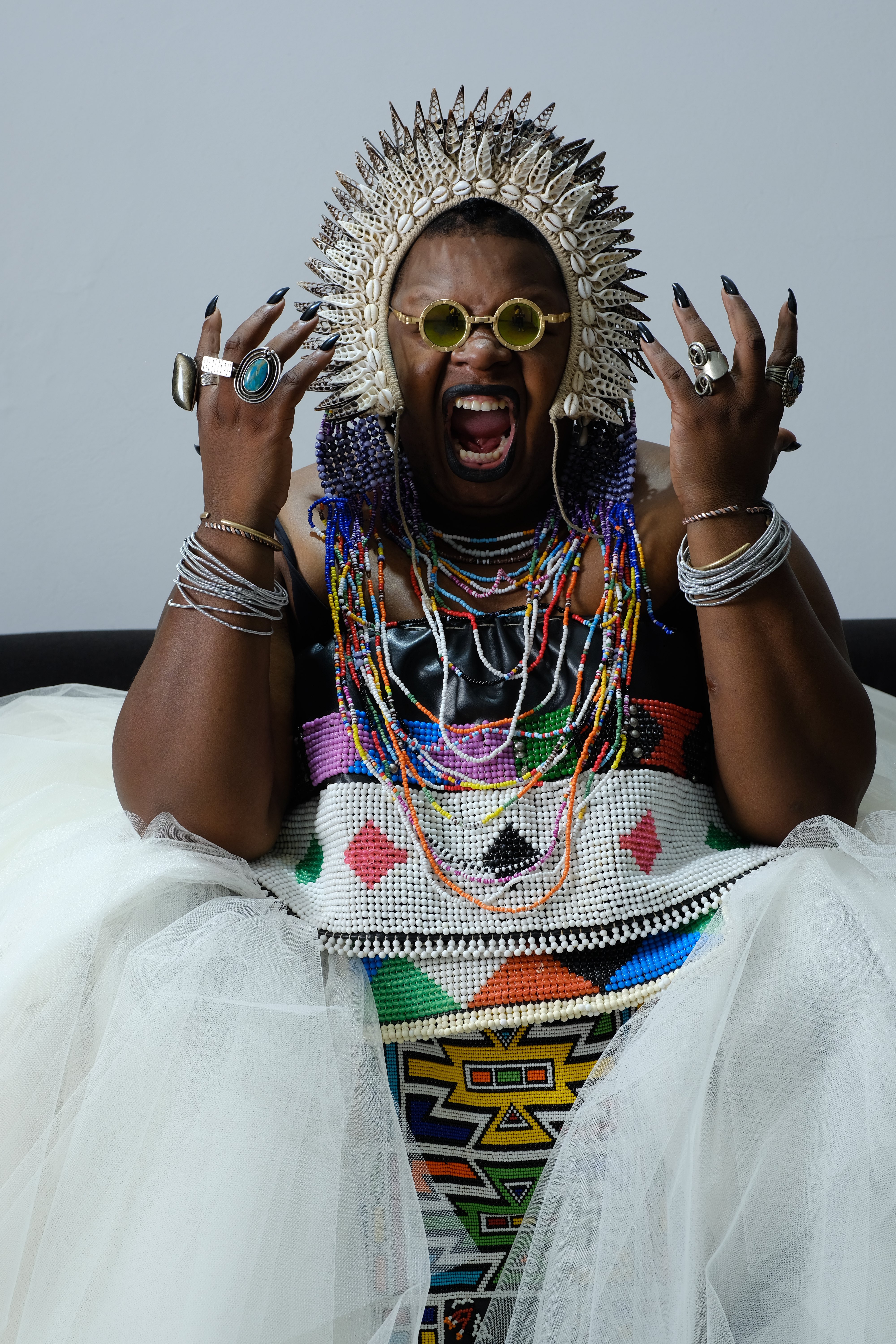
The Liverpool Biennial 2023 turns its lens on the legacy of slavery in the city, and asked South African curator Khanyisile Mbongwa to take on this challenge.
The city of Liverpool, famous for its history of music and football, was at the epicentre of the transatlantic slave trade for over one hundred years and much of the city was built through wealth generated by the trade of goods and people. The United Kingdom and the world are finally addressing the reality of the slave trade and the art world has played a part in this, mainly through artists tackling this gargantuan subject and its continuing ripple effect on our society.
Liverpool Biennial 2023: ‘uMoya: The Sacred Return of Lost Things’

Eleng Luluan, Ngialibalibade to the Lost Myth, 2023. Installation view at Princes Dock, Liverpool Biennial 2023
After walking the city, Mbongwa decided on the biennal’s theme of ‘uMoya: The Sacred Return of Lost Things’, looking at care, breath and return in the city. The word ‘uMoya’ means air, wind breath, spirit and soul in Xhosa and relates to a sense of healing, of care, of passage, the sea and of return.
‘I have invited artists whose works really sit in what I call emancipation practices and these practices… really holding the space between woundedness and how we imagine ourselves through this woundedness for a possible healing to happen,’ Mbongwa said in her opening remarks.

Raisa Kabir, Build me a loom off of your back and your stomach..., 2018
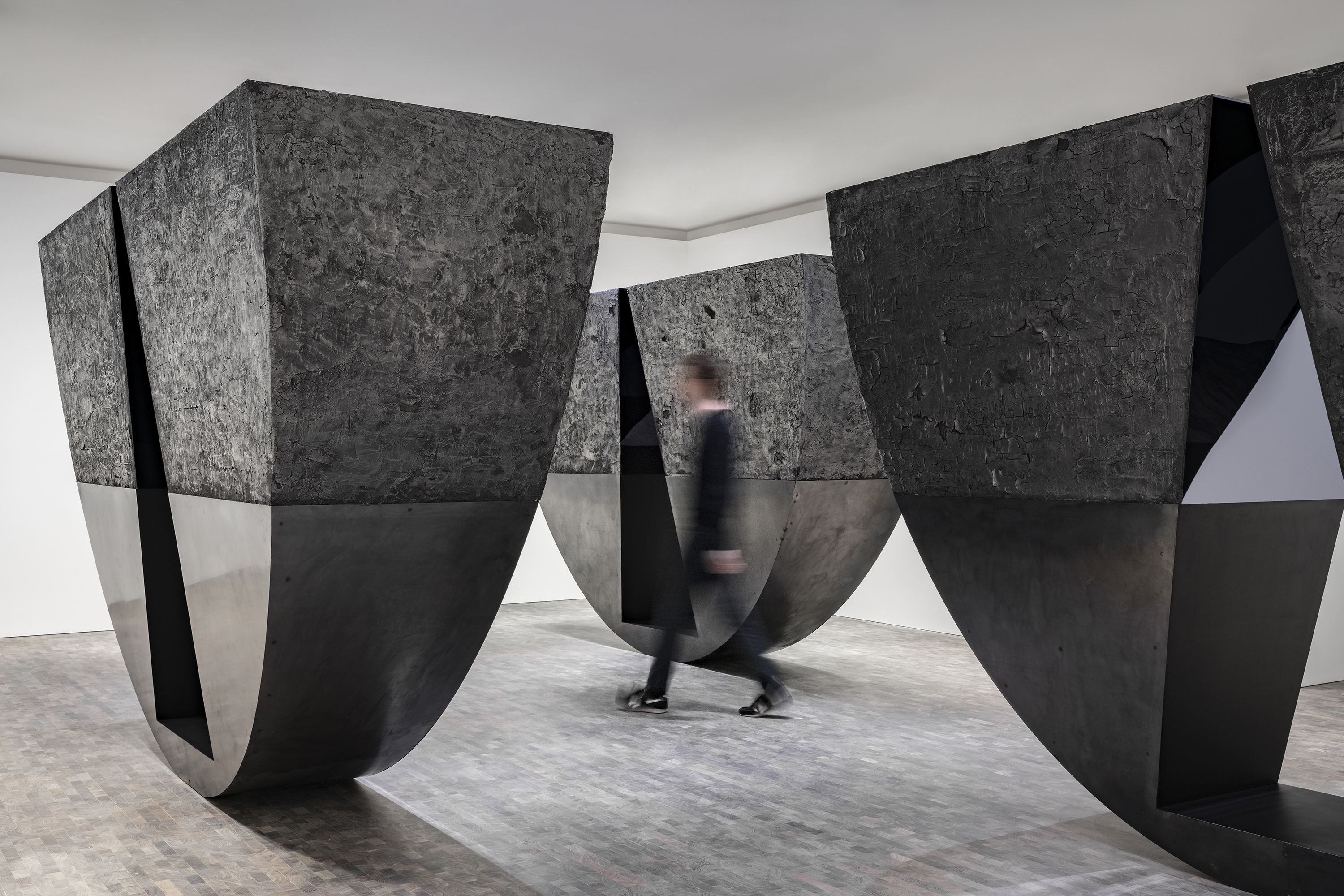
Torkwase Dyson, installation view of ‘Torkwase Dyson/ Liquid a Place’, Pace Gallery, 2021
The venues include spaces around the city relating to the slave trade – the cotton exchange, a tobacco warehouse – and a selection of Liverpool’s great art venues such as The Bluecoat, FACT and Tate Liverpool. Each venue has a grounding artist, explained Mbongwa, their work supporting the other works in the space. At The Bluecoat, it’s artist Raisa Kabir, who has a small retrospective; and at Tate, it’s Torkwase Dyson with the work Liquid A Place, 2021.
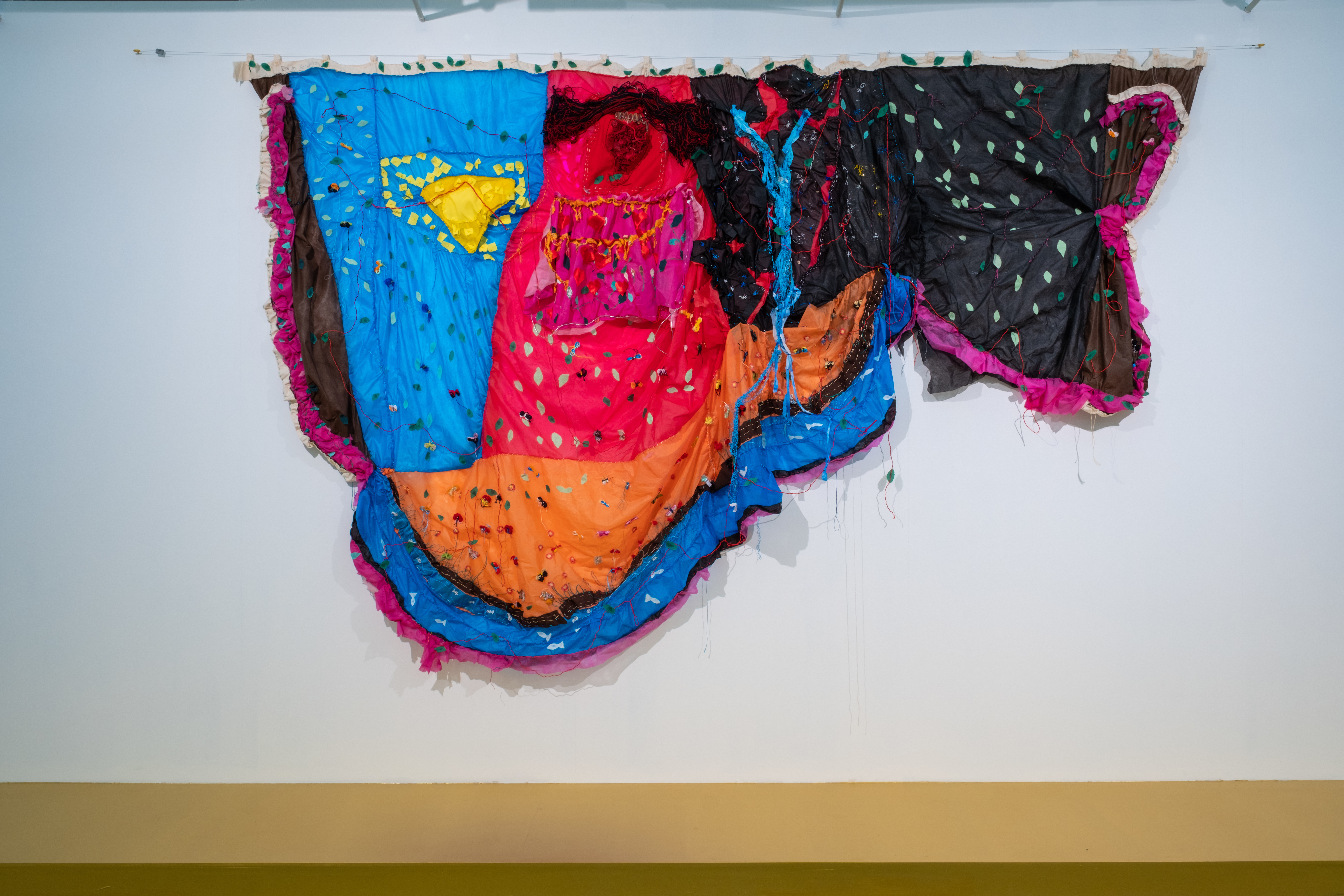
Isa do Rosário. Liverpool Biennial 2023 at Tate Liverpool

Nolan Oswald Dennis, No conciliation is possible, 2018 – ongoing
The works at Tate Liverpool include Nolan Oswald Dennis’ ongoing No conciliation is possible (working diagram), 2018-present, which is a ‘diagram tracing recursive structures of power through space and time’. It facilitates deep thought, and its lines, spirals, triangles and free-flowing circles join events, ideas, feelings, states of being and more in a work that spans the entirety of two gallery walls.
‘I thought it was interesting that Khanyisile was interested in this work in this broader context of healing and return, which are often words that are thrown around easily and provide this sense that things are OK, without necessarily attending to the parts that are not OK,’ Dennis explained. ‘I think that work is really about trying to take healing and wounding seriously.’
Receive our daily digest of inspiration, escapism and design stories from around the world direct to your inbox.

Charmaine Watkiss, Witness, 2023. Liverpool Biennial 2023 at Victoria Gallery & Museum
All work in the biennial has a connection to the triangle of Africa-The Americas-Europe, and the 35 participating artists include Edgar Calel from Guatemala; Australian Brook Andrew, whose film SMASH IT, 2018, looking at Aboriginal identity is a standout of the biennial; and British Jamaican artist Charmaine Watkiss, who looks at slavery through the lens of her Ghanaian heritage.
Not all works relate to slavery. The stunning feature-length film Stephen by Melanie Manchot looks at mental health and addiction in the city, while Benoit Piéron’s immersive work on his long-term sickness as a child speaks to hidden illness and care.
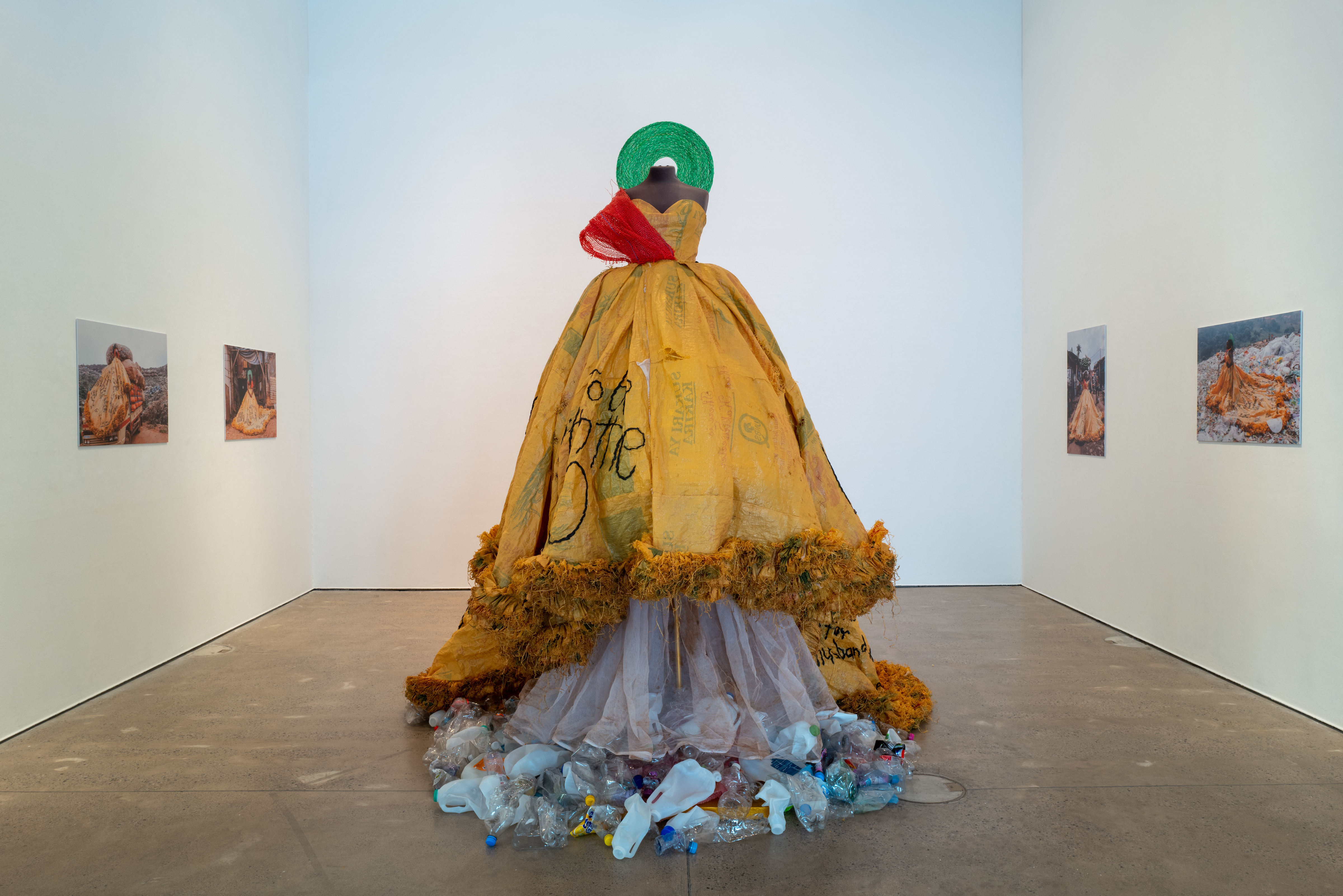
Sandra Suubi, Samba Gown, 2021. Liverpool Biennial 2023 at Open Eye Gallery

Ibokwe, Black Circus, 2022
While the individual works in the programme are great, it is the performances that really spoke to the heart of the biennial and a sense of healing. Sandra Suubi’s photography of a performance work looks at pollution in waste in Uganda, and is set around the centrepiece Samba Gown, 2021. Meanwhile, the incomparable Albert Ibokwe Khoza’s Black Circus, 2022, encouraged audience members to take part in his flipping of an all-Black human circus.
The task the Liverpool Biennial 2023 has set itself is one it could never fully achieve, in that the scars of slavery on our society will always be there, but the excavating of these long-ignored histories in relation to our lives today felt like a good start.
Liverpool Biennial 2023, 10 June – 17 September, biennial.com
Amah-Rose Abrams is a British writer, editor and broadcaster covering arts and culture based in London. In her decade plus career she has covered and broken arts stories all over the world and has interviewed artists including Marina Abramovic, Nan Goldin, Ai Weiwei, Lubaina Himid and Herzog & de Meuron. She has also worked in content strategy and production.
-
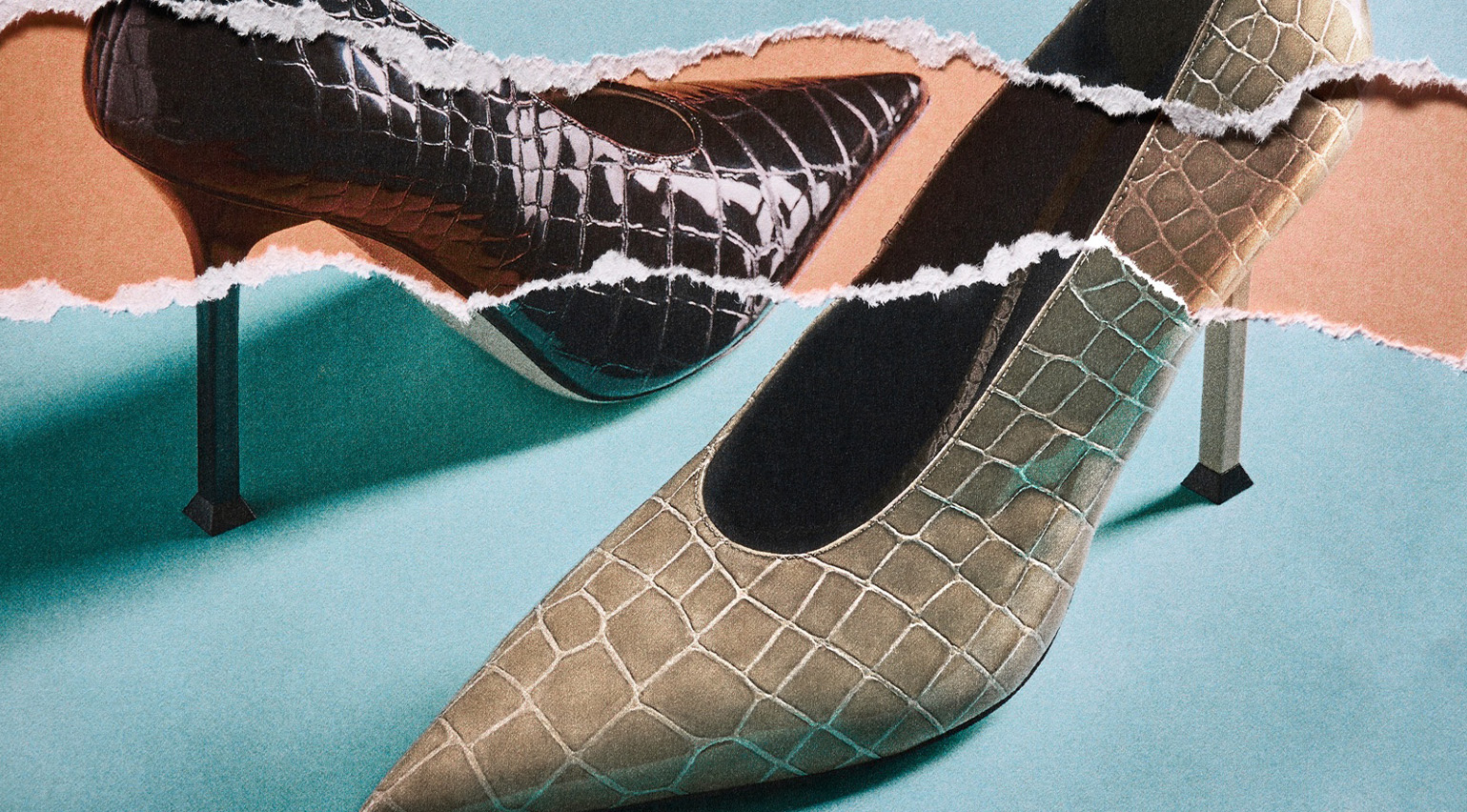 Nina Christen is the designer behind fashion’s favourite – and most playful – shoes
Nina Christen is the designer behind fashion’s favourite – and most playful – shoesShe’s created viral shoes for Loewe and Dior. Now, the Swiss designer is striking out with her own label, Christen
-
 These are the 12 emerging designers we are excited to follow into 2026
These are the 12 emerging designers we are excited to follow into 2026These are the designers to watch for 2026: from unpredictable glassmakers to furniture designers working with bones, textile artists exploring ancient techniques and makers giving new life to mundane tools
-
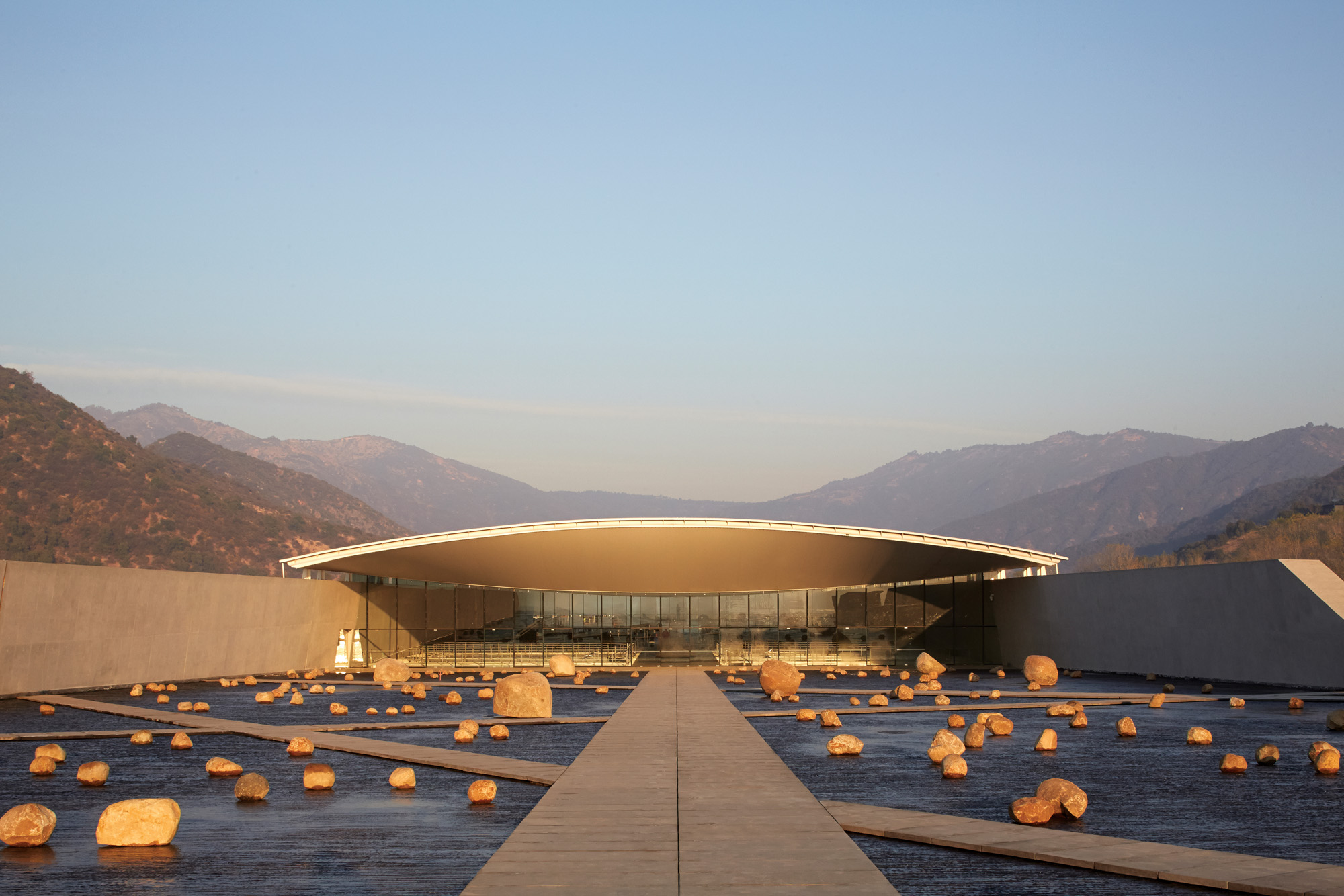 Traditional methods underpin Smiljan Radic's designs: 'I am not a creator of new shapes'
Traditional methods underpin Smiljan Radic's designs: 'I am not a creator of new shapes'Smiljan Radic is building a reputation with fabric roofs, fake ruins and a supporting cast of boulders; we visit a story from the Wallpaper* archives, exploring the architect's work, from a Chilean winery to London’s 2014 Serpentine Pavilion
-
 Riccardo Dalisi’s first UK retrospective opens at east London gallery Spazio Leone
Riccardo Dalisi’s first UK retrospective opens at east London gallery Spazio LeoneSpazio Leone draws together six decades of the Italian visionary’s work, from whimsical coffee pots to radical community workshops
-
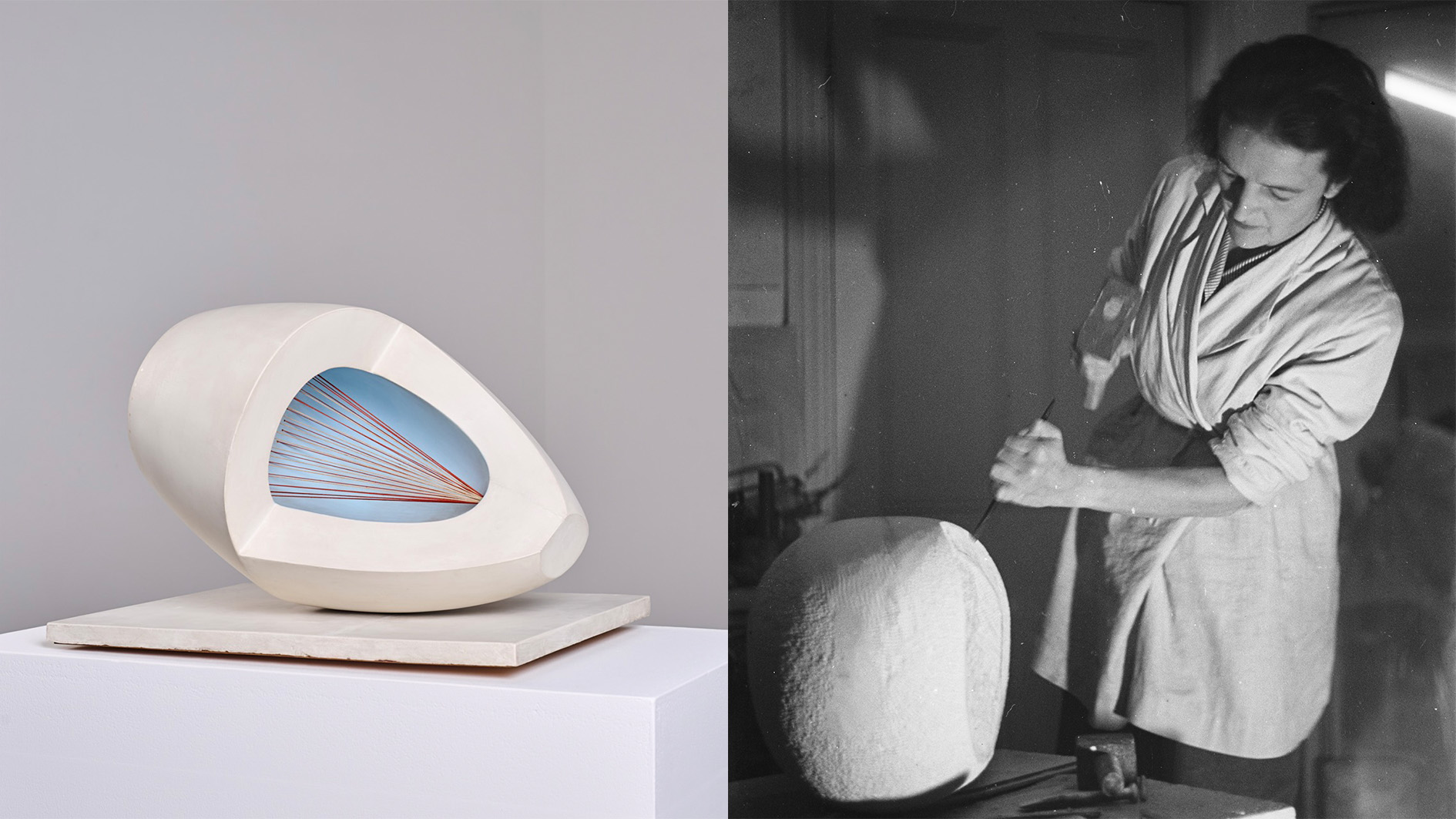 Inside the fight to keep an iconic Barbara Hepworth sculpture in the UK
Inside the fight to keep an iconic Barbara Hepworth sculpture in the UK‘Sculpture with Colour’ captures a pivotal moment in Hepworth’s career. When it was sold to an overseas buyer, UK institutions launched a campaign to keep it in the country
-
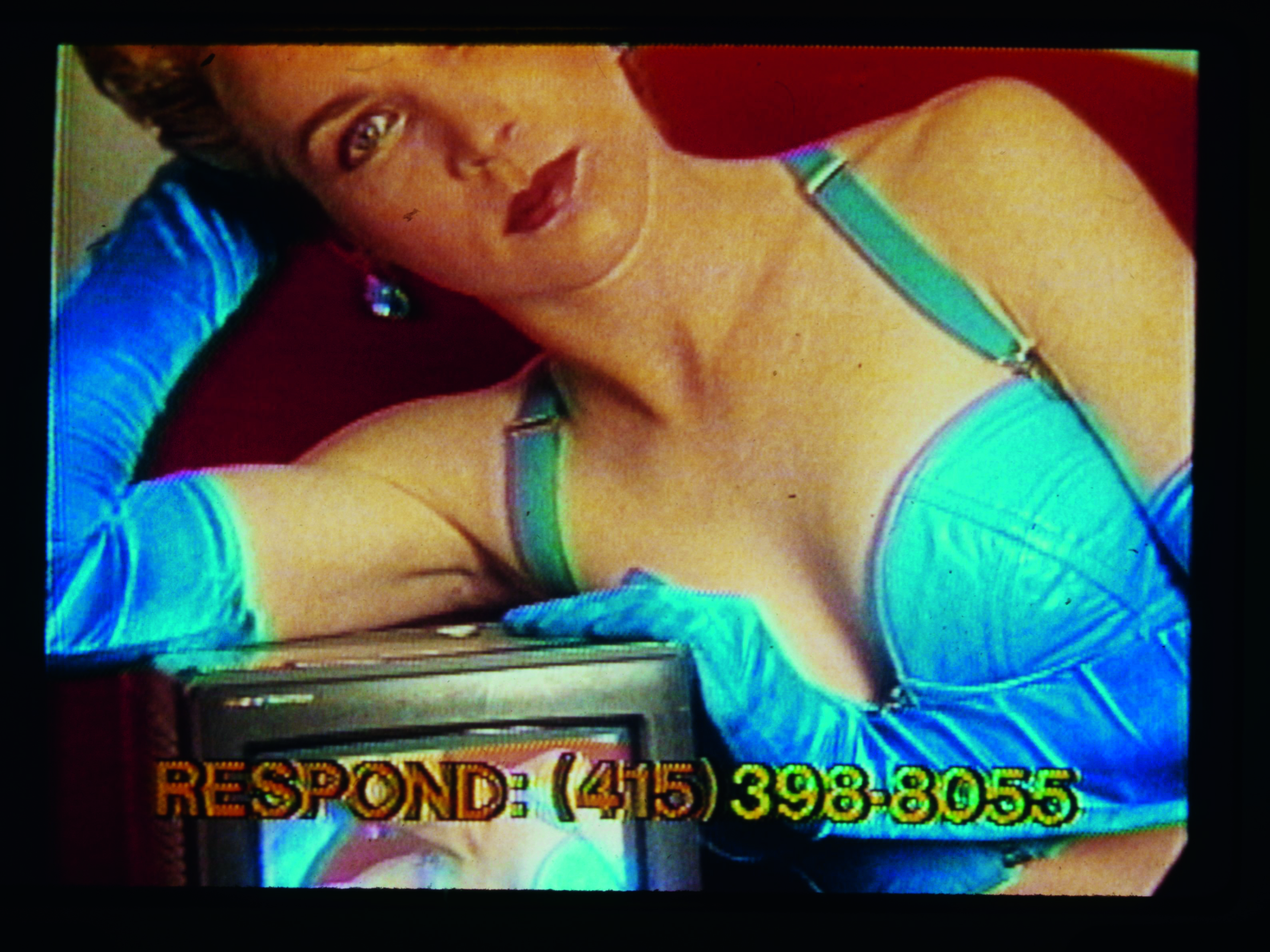 Thirty-five years after its creation, Lynn Hershman Leeson’s seminal video is as poignant as ever
Thirty-five years after its creation, Lynn Hershman Leeson’s seminal video is as poignant as everLynn Hershman Leeson’s 'Desire Inc', at 243 Luz in Margate, blurs the boundaries between art and reality
-
 A bespoke 40m mixed-media dragon is the centrepiece of Glastonbury’s new chill-out area
A bespoke 40m mixed-media dragon is the centrepiece of Glastonbury’s new chill-out areaNew for 2025 is Dragon's Tail – a space to offer some calm within Glastonbury’s late-night area with artwork by Edgar Phillips at its heart
-
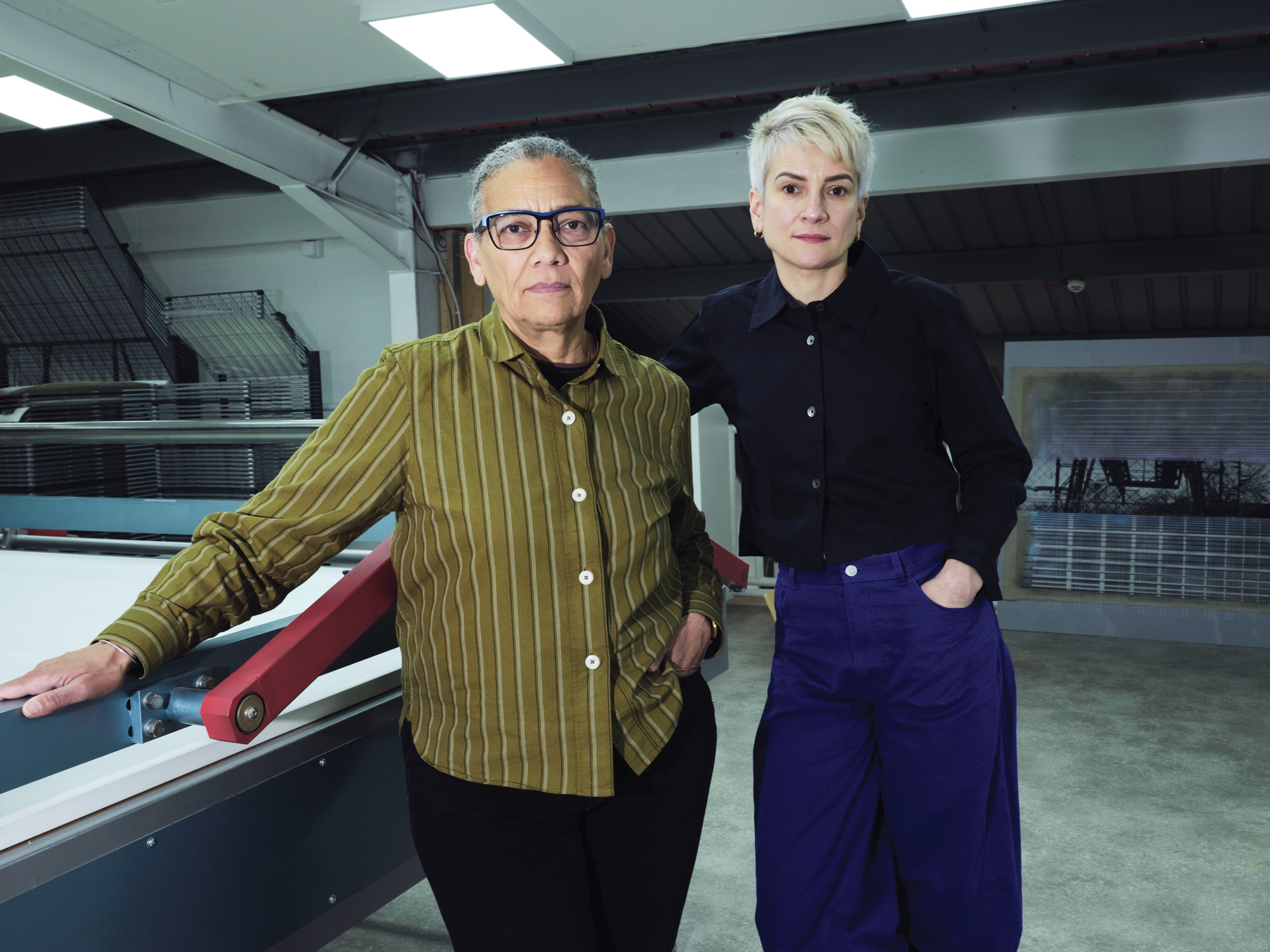 Lubaina Himid and Magda Stawarska’s new show at Kettle’s Yard will uncover the missing narratives in everyday life stories
Lubaina Himid and Magda Stawarska’s new show at Kettle’s Yard will uncover the missing narratives in everyday life storiesThe artists and partners in life are collaborating on an immersive takeover of Kettle’s Yard, Cambridge, in an exhibition that delves into a lost literary legacy
-
 See the fruits of Niki de Saint Phalle and Jean Tinguely's creative and romantic union at Hauser & Wirth Somerset
See the fruits of Niki de Saint Phalle and Jean Tinguely's creative and romantic union at Hauser & Wirth SomersetAn intimate exhibition at Hauser & Wirth Somerset explores three decades of a creative partnership
-
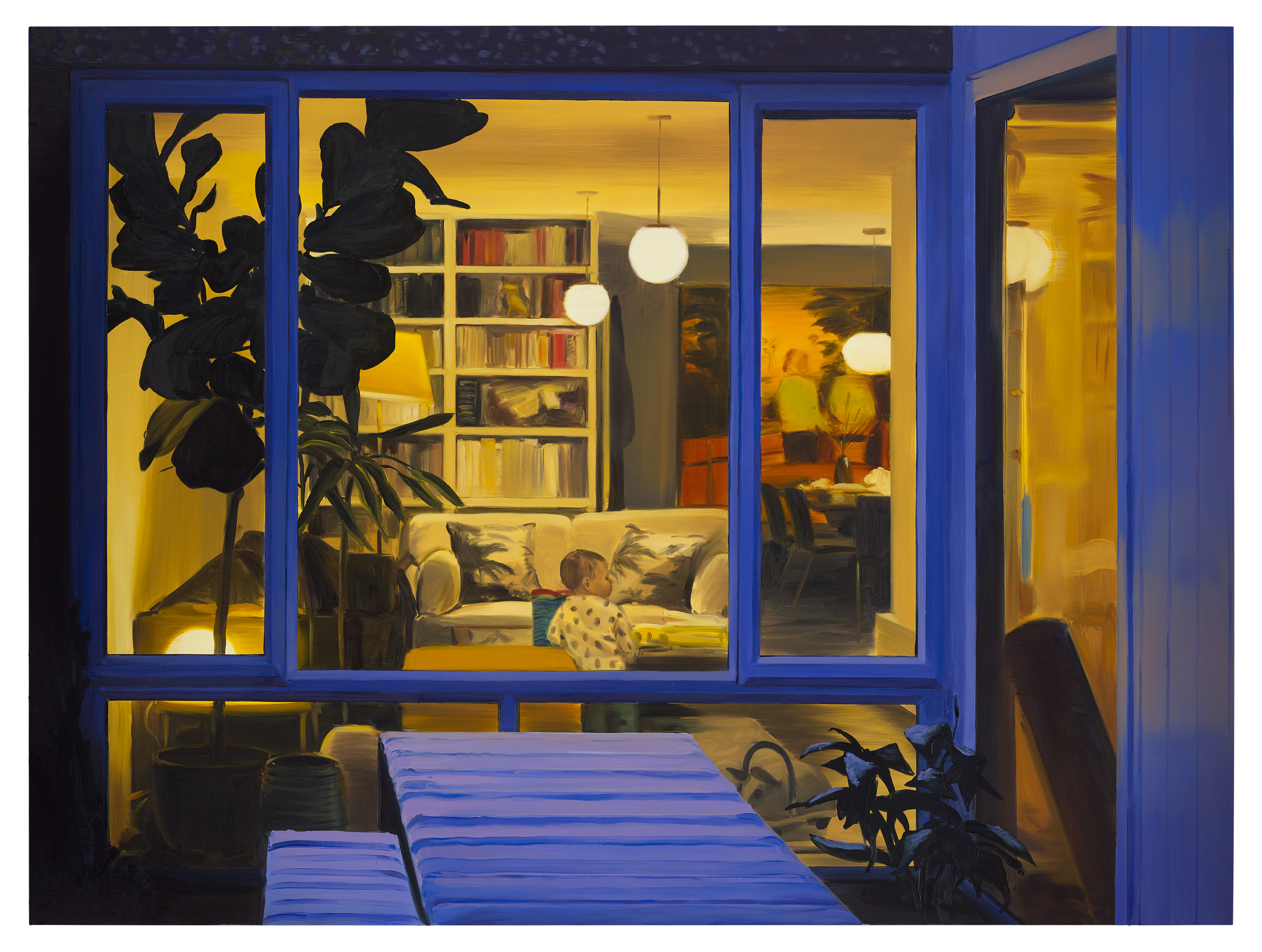 Caroline Walker's new show speaks to women everywhere, including me
Caroline Walker's new show speaks to women everywhere, including me'Everything related to my life with young children, because it's such an all encompassing experience,' the artist says of her new show at the Hepworth Wakefield
-
 Cassi Namoda is rethinking stained-glass windows at Turner Contemporary in Margate
Cassi Namoda is rethinking stained-glass windows at Turner Contemporary in MargateThe artist drew from an eclectic range of references when considering the traditional medium for a Turner Contemporary window overlooking the beach – she tells us more